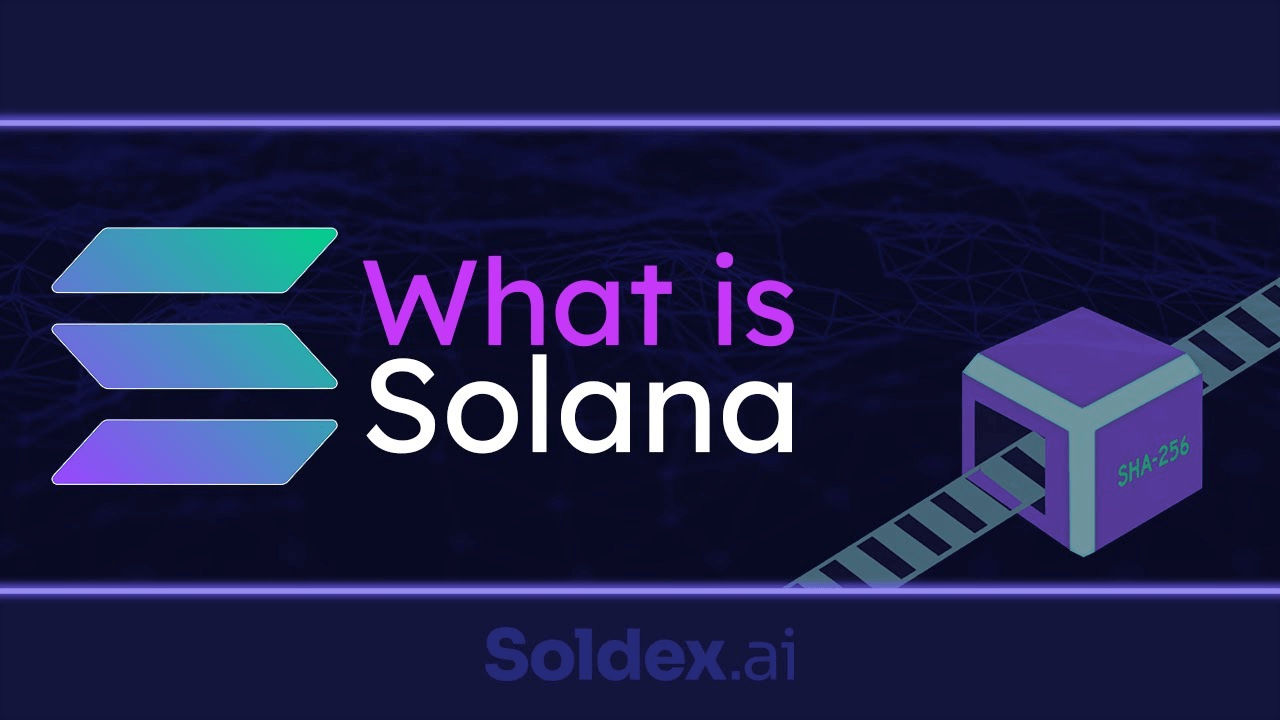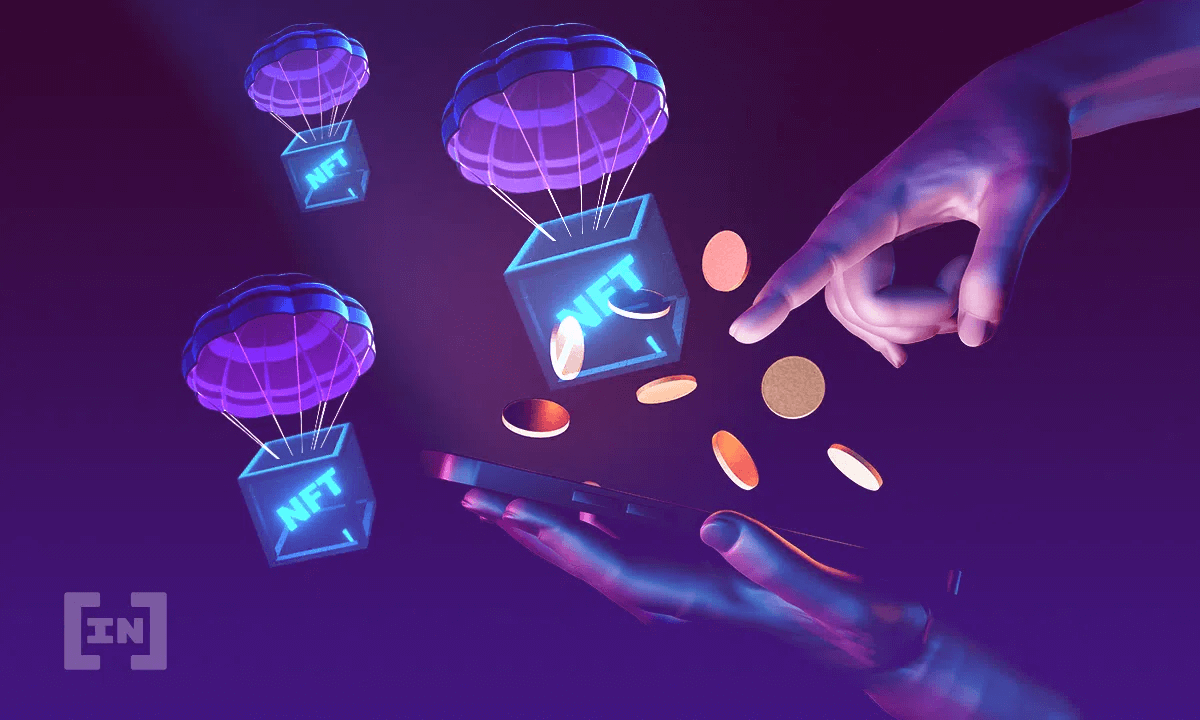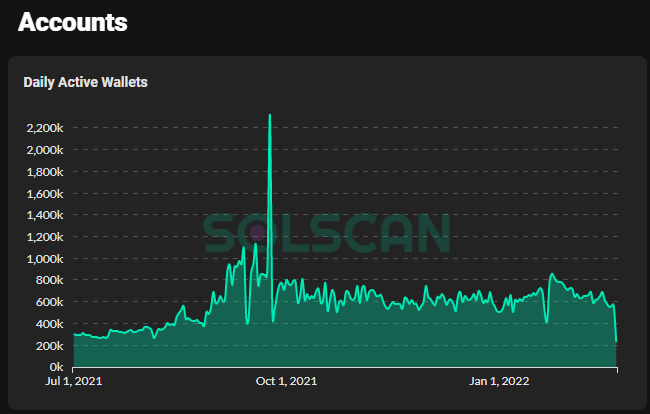
What Is Solana (SOL)?
TL;DR
Solana is a blockchain network focused on fast transactions and high throughput. It uses a unique method of ordering transactions to improve its speed. Users can pay their transaction fees and interact with smart contracts with SOL, the network’s native cryptocurrency.
Introduction
When it comes to blockchain technology, scalability is one of the biggest challenges out there. As these networks grow, they often face limitations in terms of transaction speed and confirmation times. Solana aims to tackle these limitations without compromising security or decentralization.
Founded in 2017 by Anatoly Yakovenko from Solana Labs, the Solana blockchain adopts a new method of verifying transactions. Bitcoin, Ethereum, and many other projects suffer from scalability and speed issues. Using a method known as Proof of History (PoH), the Solana blockchain can handle thousands of transactions per second.
How does Solana work?
Solana is a third-generation, Proof of Stake blockchain. It has implemented a unique way of creating a trustless system for determining the time of a transaction called Proof of History.
Keeping track of the order of transactions is hugely vital for cryptocurrencies. Bitcoin does this by bundling transactions into blocks with a single timestamp. Each node has to validate these blocks in consensus with other nodes. This process adds in a significant waiting time for nodes to confirm a block across the network. Solana instead takes a different approach. Let’s take a closer look.
What is Proof of History?
Solana events and transactions are all hashed using the SHA256 hash function. This function takes an input and produces a unique output that is extremely difficult to predict. Solana takes the output of a transaction and uses it as the input for the next hash. The order of the transactions is now inbuilt into the hashed output.
This hashing process creates a long, unbroken chain of hashed transactions. This feature makes a clear, verifiable order of transactions that a validator adds to a block, without the need for a conventional timestamp. Hashing also requires a certain amount of time to complete, meaning validators can easily verify how much time has passed.

Proof of History differs from the process Bitcoin uses as part of its Proof of Work consensus mechanism. Blocks on Bitcoin are large groups of unordered transactions. Each BTC miner adds the time and date to the block they mine based on their local clock. The time may differ according to other nodes or even be false. Nodes then have to figure out if the timestamp is valid.
By ordering the transactions in a chain of hashes, validators process and transmit less information in each block. Using a hashed version of the latest state of transactions greatly reduces the time of confirming a new block.
It’s important to understand that Proof of History is not a consensus mechanism. It is instead a way of improving the time spent confirming the order of transactions. When combined with proof of stake, selecting the next validator for a block is much easier. Nodes need less time to validate the order of transactions, meaning the network chooses a new validator quicker.

Solana’s key features
According to their blog, the Solana team has developed eight core technical features to help the blockchain match the capabilities of a centralized system. Proof of History is perhaps the most notable one, but there are also:
- Tower BFT — a PoH-optimized version of Practical Byzantine Fault Tolerance
- Turbine — a block propagation protocol
- Gulf Stream — Mempool-less transaction forwarding protocol
- Sealevel — Parallel smart contracts run-time
- Pipelining — a Transaction Processing Unit for validation optimization
- Cloudbreak — Horizontally-Scaled Accounts Database
- Archivers — Distributed ledger storage
These features create a high-performance network that has 400ms block times and operates thousands of transactions per second. To put this in perspective, the block time of Bitcoin is around 10 minutes, and Ethereum roughly 15 seconds.
SOL holders can stake their tokens as part of the blockchain’s PoS consensus mechanism. With a compatible crypto wallet, you can stake your tokens with validators who process the network’s transactions. A successful validator then shares some rewards with those who have staked. This reward mechanism incentivizes validators and delegators to act in the network’s interest. As of May 2021, Solana has around 900 validators, which makes it a fairly decentralized network.
| Table | Description |
| Signature | An alphanumeric string uniquely assigned to each transaction. It’s an identifier similar to Ethereum’s Transaction Hash or TxID. |
| Block | The block number your transaction was processed in. These numbers are sequential and indicate your transaction’s placement within the blockchain’s history. |
| Timestamp | The timestamp associated with the block in which your transaction was processed. |
Addresses
A similar method can be used to find out more about an individual address. You can then check a detailed history of the address’s activities. This can give you an overview of the transactions and smart contract interactions of a particular wallet.
- Find the Solana address you want to look at. It’s shorter than a signature and looks something like this:
138KHwTqKNWGLoo8fK5i8UxYtwoC5tC8o7M9rY1CDEjT
These features create a high-performance network that has 400ms block times and operates thousands of transactions per second. To put this in perspective, the block time of Bitcoin is around 10 minutes, and Ethereum roughly 15 seconds.
SOL holders can stake their tokens as part of the blockchain’s PoS consensus mechanism. With a compatible crypto wallet, you can stake your tokens with validators who process the network’s transactions. A successful validator then shares some rewards with those who have staked. This reward mechanism incentivizes validators and delegators to act in the network’s interest. As of May 2021, Solana has around 900 validators, which makes it a fairly decentralized network.


